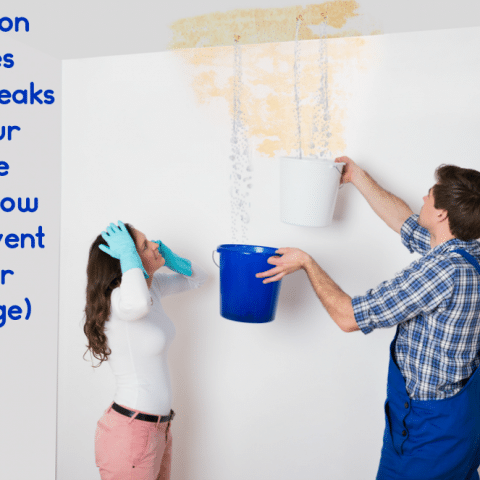Discover Clever Ways to Detect Hidden Leaking Water Lines
Discover Clever Ways to Detect Hidden Leaking Water Lines
Blog Article
What are your thoughts regarding Detecting hidden plumbing leaks?

Early detection of leaking water lines can alleviate a possible disaster. Some little water leaks may not be visible.
1. Analyze the Water Meter
Every residence has a water meter. Examining it is a surefire way that helps you uncover leakages. For beginners, switch off all the water resources. Ensure no one will flush, utilize the tap, shower, run the cleaning equipment or dish washer. From there, most likely to the meter and watch if it will change. Since no one is using it, there must be no motions. That suggests a fast-moving leak if it moves. Also, if you discover no changes, wait a hr or 2 and also examine back once again. This implies you may have a slow leak that can also be below ground.
2. Examine Water Intake
Analyze your water costs and also track your water usage. As the one paying it, you must notice if there are any disparities. If you detect sudden changes, regardless of your intake coinciding, it indicates that you have leaks in your plumbing system. Remember, your water bill must fall under the same array on a monthly basis. An abrupt spike in your expense suggests a fast-moving leak.
At the same time, a consistent increase monthly, despite having the exact same habits, shows you have a sluggish leakage that's likewise gradually intensifying. Call a plumber to thoroughly inspect your home, especially if you feel a cozy location on your floor with piping beneath.
3. Do a Food Coloring Examination
When it comes to water intake, 30% comes from toilets. If the shade in some way infiltrates your dish during that time without flushing, there's a leakage in between the tank and bowl.
4. Asses Outside Lines
Don't forget to check your outside water lines as well. Must water permeate out of the link, you have a loosened rubber gasket. One little leak can waste tons of water and spike your water expense.
5. Assess the scenario and also evaluate
House owners need to make it a practice to check under the sink counters and also inside closets for any type of bad odor or mold growth. These two warnings suggest a leak so prompt focus is called for. Doing routine evaluations, even bi-annually, can save you from a major trouble.
More importantly, if you recognize your house is already old, keep a watchful eye on your heating systems, hoses, pipes etc. Look for discolorations and weakening as the majority of pipes and devices have a life expectancy. They will likewise naturally wear away because of wear and tear. Don't wait for it to intensify if you suspect dripping water lines in your plumbing system. Call a professional plumber right away so you do not end up with a dreadful mess in your home.
Early detection of dripping water lines can mitigate a possible disaster. Some tiny water leakages may not be visible. Examining it is a guaranteed method that helps you uncover leaks. One little leakage can squander tons of water and also surge your water bill.
If you suspect leaking water lines in your plumbing system, don't wait for it to escalate.
WARNING SIGNS OF WATER LEAKAGE BEHIND THE WALL
PERSISTENT MUSTY ODORS
As water slowly drips from a leaky pipe inside the wall, flooring and sheetrock stay damp and develop an odor similar to wet cardboard. It generates a musty smell that can help you find hidden leaks.
MOLD IN UNUSUAL AREAS
Mold usually grows in wet areas like kitchens, baths and laundry rooms. If you spot the stuff on walls or baseboards in other rooms of the house, it’s a good indicator of undetected water leaks.
STAINS THAT GROW
When mold thrives around a leaky pipe, it sometimes takes hold on the inside surface of the affected wall. A growing stain on otherwise clean sheetrock is often your sign of a hidden plumbing problem.
PEELING OR BUBBLING WALLPAPER / PAINT
This clue is easy to miss in rooms that don’t get much use. When you see wallpaper separating along seams or paint bubbling or flaking off the wall, blame sheetrock that stays wet because of an undetected leak.
BUCKLED CEILINGS AND STAINED FLOORS
If ceilings or floors in bathrooms, kitchens or laundry areas develop structural problems, don’t rule out constant damp inside the walls. Wet sheetrock can affect adjacent framing, flooring and ceilings.
https://www.servicemasterbyzaba.com/blog/how-to-detect-water-leakage-in-walls/

We had been shown that write-up about Finding hidden leaks from a good friend on our other web property. So long as you enjoyed reading our blog post kindly make sure you remember to share it. Thanks a lot for your time. Kindly check up our site back soon.
Details Report this page